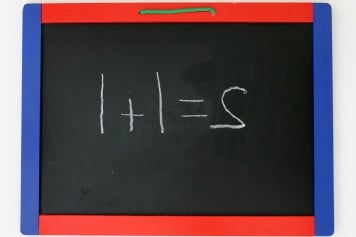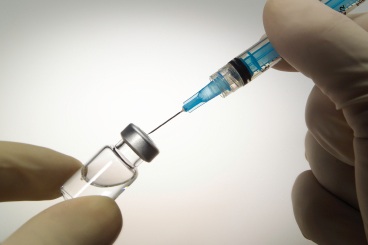Just as a car needs gas and oil to run, the human body needs fuel in the form of food to function properly. The food gets converted into energy to perform the function of body-fuel. The child, whose body is growing, needs more of the energy than adults. Let’s look at the source of the energy, the chemical substances that make up foodstuffs.
Protein: A major component of all body tissue and the main building material of the body. The muscles, heart, brain, kidneys and bones are all made of protein. Your body needs protein to grow and repair itself. Protein is also a necessary component of hormones, enzymes and hemoglobin. Your body uses protein for energy. Vegetables, grains, beans, fruits, soy milk, dairy products, meat, all contain protein.
Carbohydrates: The body’s most readily available source of energy. Each gram of carbohydrate provides 4 calories of energy. The main forms of carbohydrate are sugars and starches. Sugars are simple carbohydrates. They burn as fuel at a much faster rate. Starches, such as breads, cereals and pasta, vegetables, legumes and grains are complex carbohydrates. They burn at a slower rate.
Fat:A concentrated energy source. Fat provides nine calories per gram, more than twice as much energy as protein and carbohydrate. Fat also provides essential fatty acids, is an important component of cell structure, and transports vitamins A, D, E and K.
There are two kinds of fat: saturated fat, found mainly in meat and dairy products; and, unsaturated fat, found mainly in plant-based foods.
Fibre:A form of carbohydrate which your body can’t digest. It is the roughage in vegetables, fruits, grains and legumes that the intestines can’t digest and absorb. Fibre helps the digestive tract work. It is believed today that the major factor in cancer of the large intestine is the slow passage of food caused by the lack of roughage in diet that seems to be too refined.
Calcium: A mineral that makes bones and teeth strong, calcium also helps the muscles work and aids in proper blood clotting. Green leafy vegetables, beans and milk are good sources of calcium.
Iron: A mineral that is an important part of hemoglobin, the blood’s oxygen-carrying molecule, iron also helps your body resist infection and use energy from food. Vegetables like broccoli, beans and meats and dairy products are rich sources of iron. Breast milk contains enough iron for the first six months of a baby’s life.
Vitamins: These are special substances that the body needs in small amounts to make it work right. All vitamins can be obtained from a well-balanced diet of vegetables, whole grains, fruits, beans and peas, and animal sources.
Vitamin A: A nutrient that helps cells grow, helps maintain mucous membranes and helps your eyes adapt to changes in light.
Vitamin C: A nutrient that helps form connective tissue — the tissue that holds your body cells together. Vitamin C also helps wounds heal.
Vitamin E: This nutrient helps keep important chemicals in your body from oxydizing, or breaking down. Antioxidants – substances that inhibit reactions promoted by oxygen or peroxides – like Vitamin E help prevent late-life health problems, such as heart disease and cancer.
Vitamin D: A nutrient that helps the body use calcium, Vitamin D is needed for the growth of bones and teeth. Your body makes Vitamin D when you go out in the sun. You can also get this vitamin from milk and cereals.

![The Body's Building Blocks [Illustration by Shinod AP] The Body's Building Blocks [Illustration by Shinod AP]](../../wordpress/wp-content/uploads/2013/06/food-2_1.gif)









